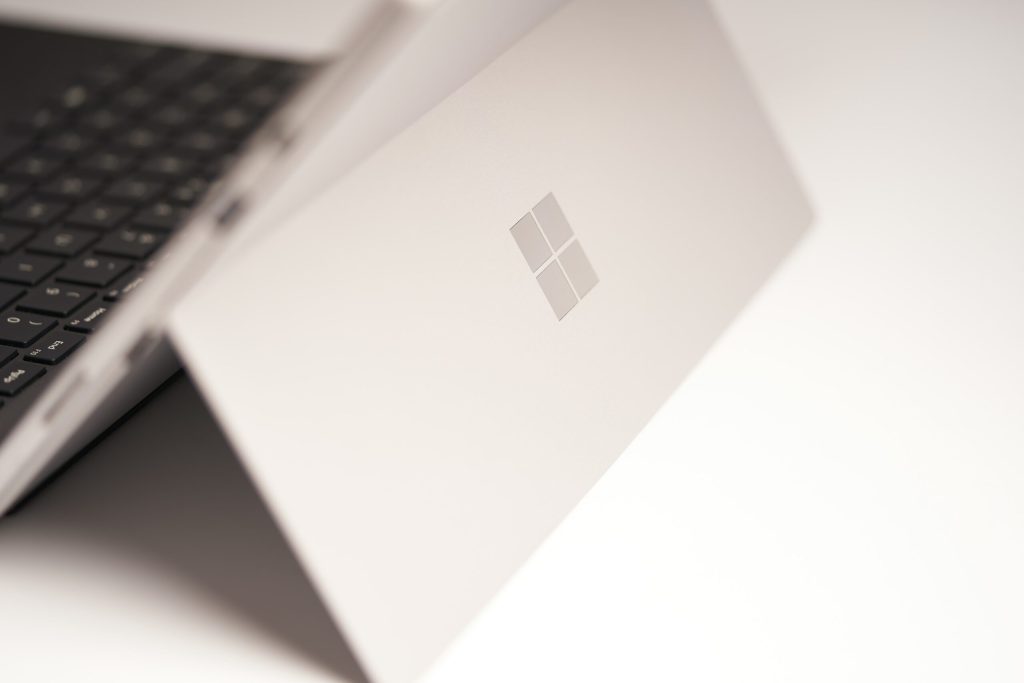So, you’ve taken the plunge and upgraded to Windows 11. You’re expecting a sleek new interface, improved performance, and enhanced security features. But instead, your device slows down, errors appear without warning, and critical updates won’t install.
Sound familiar? Unfortunately, this is the reality many businesses face when they try to run Windows 11 on hardware that doesn’t meet Microsoft’s minimum requirements.

Why Hardware Requirements Matter More Than You Think
Windows 11 isn’t just a fresh coat of paint – it’s a significant upgrade that demands modern hardware to function properly. Microsoft’s system requirements aren’t arbitrary; they’re designed to ensure that the operating system runs smoothly, securely, and efficiently.
Trying to install Windows 11 on outdated or unsupported devices is like trying to run a marathon in flip-flops – it’s not going to end well.
What Are the Key Requirements for Windows 11?
To upgrade successfully, your business devices must meet several minimum specifications. These include:
- TPM 2.0 (Trusted Platform Module): A dedicated security chip that protects sensitive data such as passwords and encryption keys. TPM 2.0 helps defend against sophisticated cyber threats and is essential for enabling core security features in Windows 11.
- Modern Processors: Windows 11 supports a specific list of CPUs that offer better speed, stability, and energy efficiency.
- Sufficient RAM and Storage: A minimum of 4GB RAM and 64GB of storage is required – though for business use, higher specs are strongly recommended. Failing to meet these criteria can lead to system instability, poor performance, and – in many cases – the inability to receive future security updates.
What Happens If You Ignore the Requirements?
Yes, it’s technically possible to install Windows 11 on unsupported hardware. But Microsoft has made it clear: do so at your own risk. Devices that don’t meet the official specs may not receive updates, including essential security patches.
Without updates, your business becomes vulnerable to cyber attacks, software bugs, and compliance risks. If something goes wrong, support will be limited – or unavailable altogether.
Still on Windows 10? Time Is Running Out
You might be thinking: why not stick with Windows 10 for now? That’s understandable – but there’s a deadline looming.
Microsoft will officially end free support for Windows 10 in October 2025. After this point, your systems will no longer receive:
- Security updates
- Bug fixes
- Feature improvements
Although paid extended support will be available for a limited time, it’s not a long-term solution. Delaying the move to Windows 11 only postpones the inevitable – and potentially increases future costs and disruption.
The Case for Investing in New Hardware
Upgrading hardware may seem like an avoidable expense – but it’s actually a smart investment. Modern devices are not only fully compatible with Windows 11, but they also:
- Perform faster and more efficiently
- Experience fewer breakdowns and interruptions
- Enhance productivity with better battery life, speed, and connectivity
- Offer longer support lifecycles from manufacturers
When you consider the cost of downtime, security breaches, and support limitations, investing in compliant hardware is a proactive step that protects your business and empowers your team.
Don’t Wait Until It’s Too Late
Hardware requirements aren’t just a checklist – they’re a line of defence for your business. With Windows 10 support ending and cyber threats on the rise, now is the time to review your current devices and plan for the future.
If your devices don’t meet the Windows 11 requirements, don’t panic – we’re here to help. Whether it’s auditing your current setup, sourcing modern hardware, or managing the upgrade process from start to finish, we’ll make sure the transition is smooth, secure, and stress-free.
Let’s Get You Ready for Windows 11
Avoid unnecessary risks and future-proof your systems today.
Contact our team to plan your upgrade to Windows 11.

